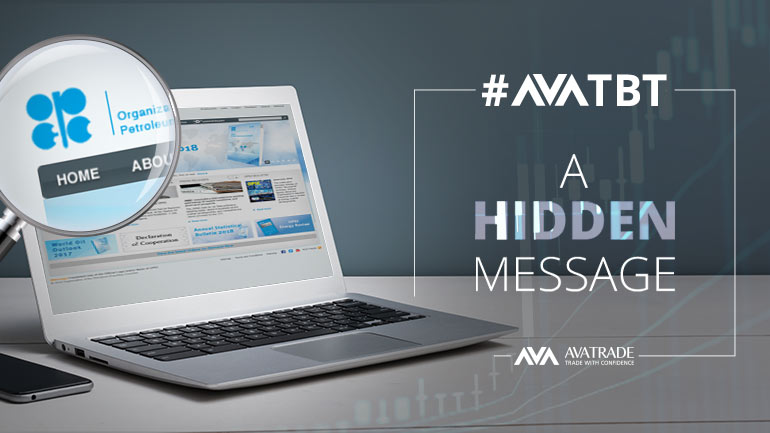In 1960, at a conference in Baghdad, the countries of Saudi Arabia, Kuwait, Iran, Iraq and Venezuela resolved to form The Organization of Petroleum Exporting Countries (OPEC).
Today, OPEC has grown to encompass a total of 14 oil-producing states. The organisation possesses 80% of the world’s known oil reserves and, as a result, they have under their control, over more than 60% of all oil exports across the globe.
A look at the organisation’s logo tells the full story of OPEC, but in a somewhat hidden way. Consisting of four modified blue circles, their round shape was clearly chosen to reflect its global nature and influence, and the way they are gathered together could be a meeting of some kind.
This would be apt since the OPEC is a close-knit cartel that makes decisions for the mutual benefit of its members. But what is the actual effect of the decisions made by the organisation whose logo is made up of circles stylised to spell OPEC?
Stabilising the Oil Market
The key aim of the organisation is to ensure oil trading prices remain stable. This will make sure that OPEC members can get reasonable prices for their oil. Because of the uniformity of this asset, consumers will often only consider the price when buying oil.
So, what is the right price of oil? Traditionally, OPEC has insisted on a figure of $70 to $80 per barrel. Kept at these prices, the oil reserves of OPEC should last about 110 years. If the price of oil drops below this level, OPEC restricts supplies so that the price may be pushed higher.
If OPEC did not have this agreement in place, individual countries would increase their supplies and compete with each other, resulting in an oil price drop. To avoid that, the members of OPEC agree to only produce enough oil to keep up with demand, while maintaining a high price for all.
Reducing the Volatility of Oil Prices
For maximum efficiency, an oil extraction operation needs to operate non-stop, every day. The closing of a facility could cause physical damage to the oil fields and drilling installations.
Besides, ocean drilling is too complicated and expensive to shut down. For this reason, it is in the best interests of OPEC to keep global prices stable. This is possible if the member countries agree to make small modifications in production.
For instance, in response to all-time high prices of $143 a barrel in June 2008, OPEC decided to bring the price down by producing slightly more oil. On the other hand, when it dropped to $33.73 a barrel when the global financial crisis hit, supply was reduced to stabilise the prices.
Maintaining Global Oil Supply
OPEC is responsible for maintaining the delicate balance of the global oil supply and demand. For instance, during the Gulf Crisis of 1990, when Saddam Hussein’s forces destroyed Kuwaiti oil refineries as well as during the Libyan political crisis in 2011, OPEC increased production to cover the shortfall.
Co-ordination of OPEC’s oil policies is discussed during meetings between the oil and energy ministers from the various member countries, who get together at least twice a year.
The changes in oil prices are what gives investors worldwide the opportunity to profit from this very important commodity.













